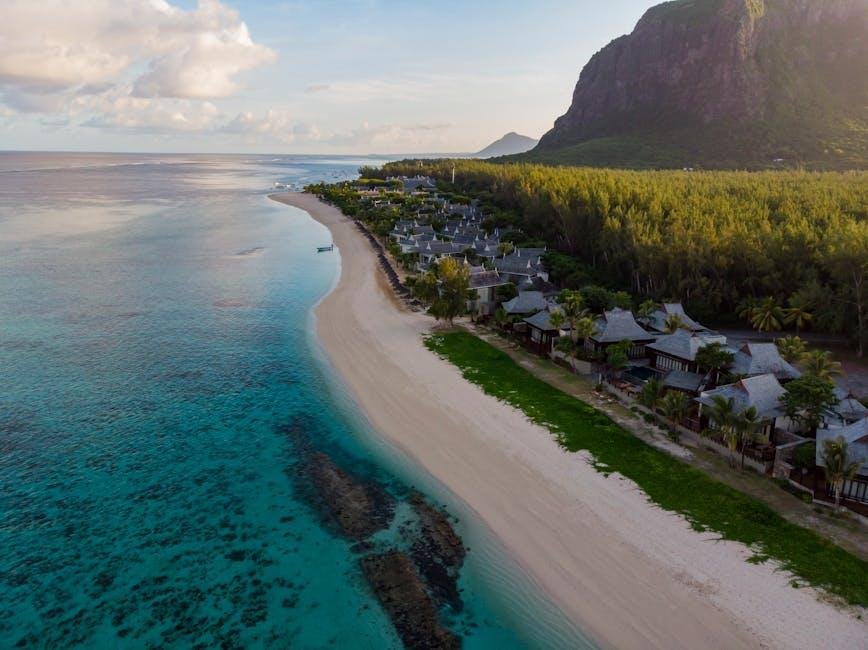Nestled in West Africa lies the culturally diverse and linguistically vibrant country of Togo. With over 40 different languages spoken within its borders, Togo is a living tapestry of communication waiting to be unraveled. From the melodic tones of Ewe to the rhythmic cadences of Kabiye, each language paints a unique picture of the rich heritage and traditions of this captivating nation. Join us as we delve into the linguistic tapestry of Togo and unlock the hidden gems that lie within its diverse languages.
Exploring Togo’s Diverse Language Landscape
Togo is a country located in West Africa, known for its rich cultural diversity and linguistic heritage. With over 40 different languages spoken within its borders, Togo presents a fascinating tapestry of dialects and tongues that reflect its unique history and vibrant traditions. From Ewe and Mina in the south to Kabiye and Bassar in the north, each language carries its own unique beauty and significance.
is like embarking on a journey through time and space, discovering the richness and complexity of its linguistic heritage. From traditional tribal languages to colonial legacies, each dialect tells a story of resilience, adaptation, and cultural identity. By unlocking the linguistic tapestry of Togo, we gain a deeper understanding of the country’s people, history, and traditions, celebrating the beauty and diversity of its myriad languages.
Preserving Endangered Indigenous Languages
In the beautiful country of Togo, a rich tapestry of indigenous languages is at risk of fading away. These unique languages hold within them centuries of cultural heritage, stories, and traditions that are integral to the identity of Togolese communities. From the Gur languages spoken in the north to the Kwa languages in the south, each dialect represents a thread in the intricate linguistic fabric of Togo.
Through grassroots initiatives and collaborative efforts, there is hope for preserving these endangered indigenous languages. By documenting and digitizing oral histories, creating language learning resources, and supporting language revitalization programs, we can unlock the potential for future generations to connect with their linguistic heritage. Together, we can ensure that the vibrant linguistic tapestry of Togo continues to thrive for years to come.
Revitalizing Language Education in Togo
Togo, a country known for its rich cultural diversity, is also home to a fascinating linguistic tapestry that encompasses over 40 different languages. However, the education system in Togo has long been dominated by French, with many indigenous languages being marginalized. This has led to a decline in the use and preservation of these unique languages.
In order to revitalize language education in Togo, it is essential to recognize and celebrate the diversity of languages spoken in the country. By incorporating indigenous languages into the curriculum and promoting multilingualism, we can empower students to embrace their cultural heritage and preserve these valuable linguistic traditions for future generations. Through innovative teaching methods and community engagement, we can unlock the linguistic tapestry of Togo and ensure that these languages continue to thrive.
Encouraging Multilingualism for Cultural Preservation
Exploring the diverse linguistic landscape of Togo unveils a rich tapestry of languages that reflect the country’s cultural heritage. With over 40 languages spoken within its borders, Togo stands as a shining example of multilingualism in Africa. From Ewe and Kabye to Mina and Kotokoli, each language carries with it unique traditions, stories, and values that are integral to the country’s identity.
By embracing and promoting multilingualism, Togo can preserve its cultural heritage for future generations. Encouraging the use of indigenous languages in schools, media, and government institutions can help maintain linguistic diversity and foster a sense of pride among its people. Through initiatives that support language revitalization and preservation, Togo can unlock the full potential of its linguistic tapestry and ensure that its cultural heritage thrives for years to come.
Insights and Conclusions
As we unravel the intricate linguistic tapestry of Togo, we are reminded of the rich diversity and cultural heritage that defines this West African nation. Each language spoken in Togo tells a unique story, weaving together the threads of history, tradition, and modernity. Through our exploration, we have gained a deeper appreciation for the power of language to connect, to divide, and to preserve the essence of a people. Let us continue to celebrate and honor the linguistic mosaic of Togo, and strive to unlock the beauty and complexity of this fascinating country in all its diversity.





